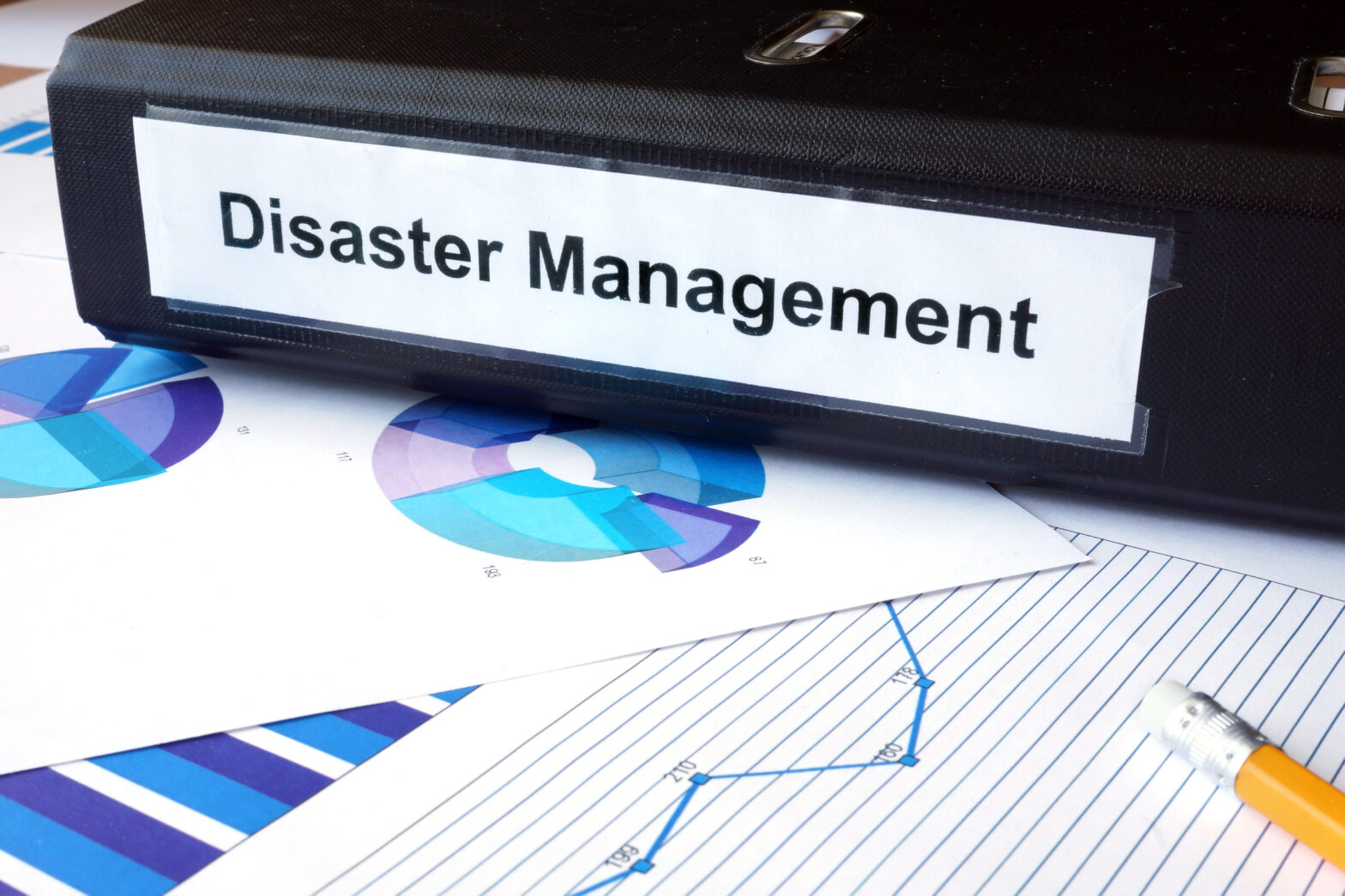If you are a fan of TV’s Strictly Come Dancing then you will be familiar with the phrase ‘It’s a disaster darling’. It is used by the judge Craig Revel Horwood when he is not happy with the performance of the celebrities in the BBC dancing competition.
There are many things that are disastrous, but I would suggest getting your tango in a twizzle isn’t one of them; certainly not for a small business.
Much more disastrous from an IT point of view is losing your data. Big companies can afford big servers but for a small business, particularly if you are a start-up, this probably isn’t something you can afford.
By data I mean everything from staff details to customers’ banking information. This may not, on the surface, appear as disastrous as the cyberattack on the mobile phone company Talk Talk. Their hackers accessed the personal and banking details of its four million customers. But for a small business the loss of any information can create similar havoc.
So what can you do about it?
Firstly make sure you have a disaster recovery plan in place. It may be hackers, it may be fire, it may be flood. It doesn’t really matter. The end result is the same. You have lost vital information that keeps your customers secure, your clients’ information safe and potentially cost the business a fortune.
All businesses should spend time creating a disaster recover plan which should include the detailed steps you will need to take to recover your business and IT systems to a state which can support the business after a disaster. This is greatly helped with the use of cloud applications and storage, which alleviates the risk of saving files on premise or on hardware such as PCs or external hard drives.
This means that if your office was flooded your staff could work from home or the nearest coffee shop or take a look at services like www.neardesk.com where you can rent desk space by the hour in most places in the UK. Not everyone wants to work from home and such services can supply an immediate office environment. This way your staff can access your information and get on with the job of running the business while you put your wellies on and clean up the business.
Another tool in your disaster recovery plan would be to use a cloud-based client relation management (CRM) tools, and virtual desktops set to make your IT infrastructure resilient, secure and more importantly, recoverable. In the event of a disaster, provided you have cloud applications, you can access your data anywhere, usually on any device.
If you haven’t already, you should really look towards a cloud solution like Virtual Desktops or Office 365, whether in whole or part, to save your business from disaster. In fact Office 365 is as cheap as updating your everyday Microsoft Office and you have the comfort of knowing that it saves everything automatically to the Cloud.
I know some people are still suspicious about the Cloud (‘what happens to all that data and who keeps it?’ was what I heard from one client). But for a small business/start up Office 365 is a great solution and you can choose how many staff have access.
Finally we have all heard of OneDrive and Dropbox storage. You probably use one manifestation of these at home or work for things like photos etc. However these can prove costly if you have a lot of data to store but they are helpful when you’re trying to share documents across different organisations.
We would recommend cloud backup on servers and PCs. They are more resilient than the portable hard drive, HDD, you have plugged into the server every Friday night. Instead our back up can accomplish what is called ‘a bare metal restore’ which can restore everything from your server, including the operating system, user profiles, shared files and more.
Hopefully you will never need to put your disaster recovery plan in place but if you do, at least you now know the options available. Meanwhile I’m off to don the sequins and trip the light fantastic. When it comes to my IT disaster recovery I am confident about that. But my Viennese Waltz – I am not so sure.




